
With the continuous advancement of technology, collaborative robots, or cobots, have become widely employed in manufacturing, healthcare, warehousing, and various other fields. Among the crucial components of collaborative robots, Reducers play a vital role. Reducers effectively reduce the output speed of motors, providing the necessary output torque for precise control and coordinated movements of robots. The following is a detailed exploration of the function and application of Reducers in the realm of collaborative robots.
1. Precise Positioning and Control
Collaborative robots are tasked with performing complex functions such as material handling, assembly, and intricate processing across diverse work environments. Reducers play a pivotal role in achieving more accurate positioning and control. By reducing the output speed of the motor, Reducers enable robots to accomplish precise movements, ensuring product quality and production efficiency.
2. Enhanced Load Capacity
Collaborative robots often need to carry and manipulate various objects, each varying in size and weight. One of the functions of Reducers is to enhance the robot's load capacity, allowing it to effortlessly handle different sizes and weights of workloads. This capability provides collaborative robots with greater adaptability in applications such as logistics, warehousing, and manufacturing.
3. Energy Efficiency and Productivity
Reducers contribute significantly to the energy efficiency of robotic systems. By decreasing the output speed of the motor, Reducers reduce the overall energy consumption of collaborative robots, improving energy utilization efficiency. This positively impacts the robot's productivity, particularly in environments where prolonged operation is necessary.
4. Stability and Safety
In collaborative settings where robots work alongside humans, safety is of utmost importance. Reducers contribute to the stability of robot motion by smoothly reducing the robot's speed and providing sufficient torque. Additionally, the high precision offered by Reducers reduces the risk of accidents, enhancing the overall safety of collaborative robots in shared workspaces.
5. Multi-Axis Coordinated Motion
Collaborative robots often require multi-axis coordinated motion to perform tasks seamlessly. Reducers can be applied to various joints, ensuring synchronization and coordination between different robot components. This capability allows collaborative robots to execute complex and diversified tasks, including precision assembly and flexible manipulation.
Application Examples:
-
Automotive Manufacturing: Collaborative robots are utilized for tasks such as material handling and assembly. Reducers enable precise control, improving assembly accuracy and efficiency.
-
Medical Industry: Collaborative robots find application in surgical assistant systems. Reducers, with their high precision and low noise characteristics, enable robots to execute precise movements, enhancing surgical accuracy and safety.
-
Warehousing and Logistics: Collaborative robots are employed for material handling and sorting tasks. Reducers enhance the robot's load-bearing capacity, improving the overall efficiency of logistics systems.
In conclusion, Reducers play a crucial role in collaborative robots, providing stability, precision, and adaptability. As technology continues to advance, innovative applications of Reducers in collaborative robots will unlock new possibilities in industrial automation.
 English
English Deutsch
Deutsch Русский
Русский Español
Español
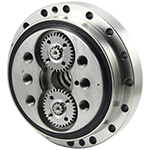
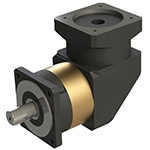
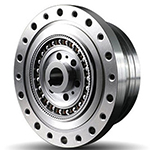
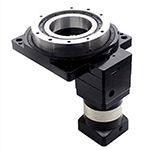
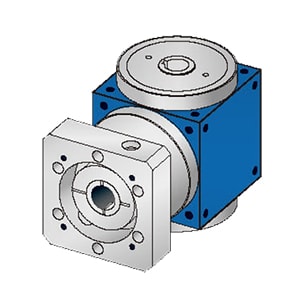
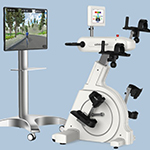

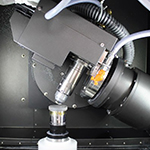
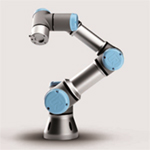
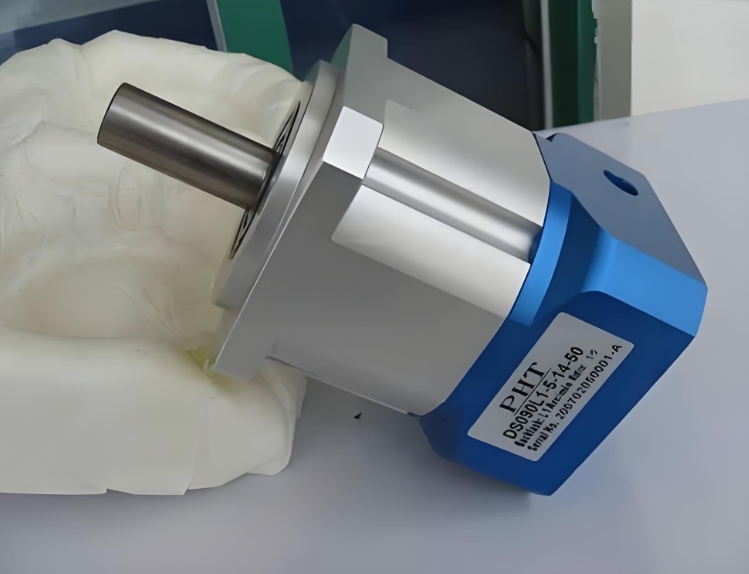
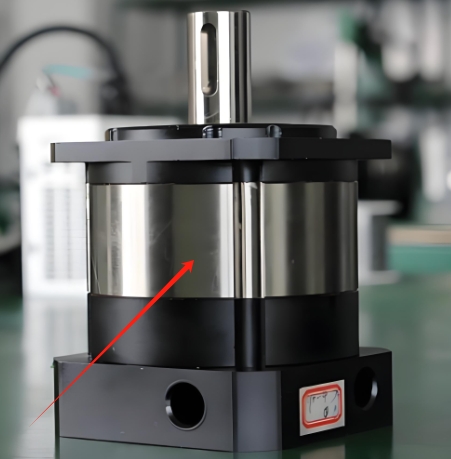
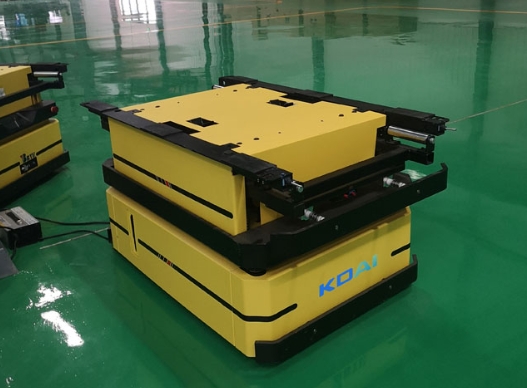
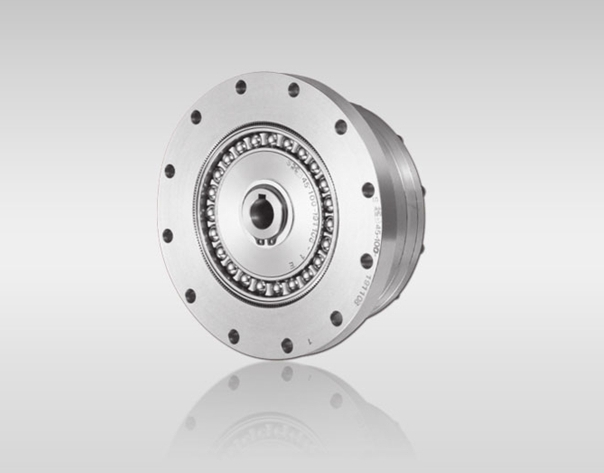
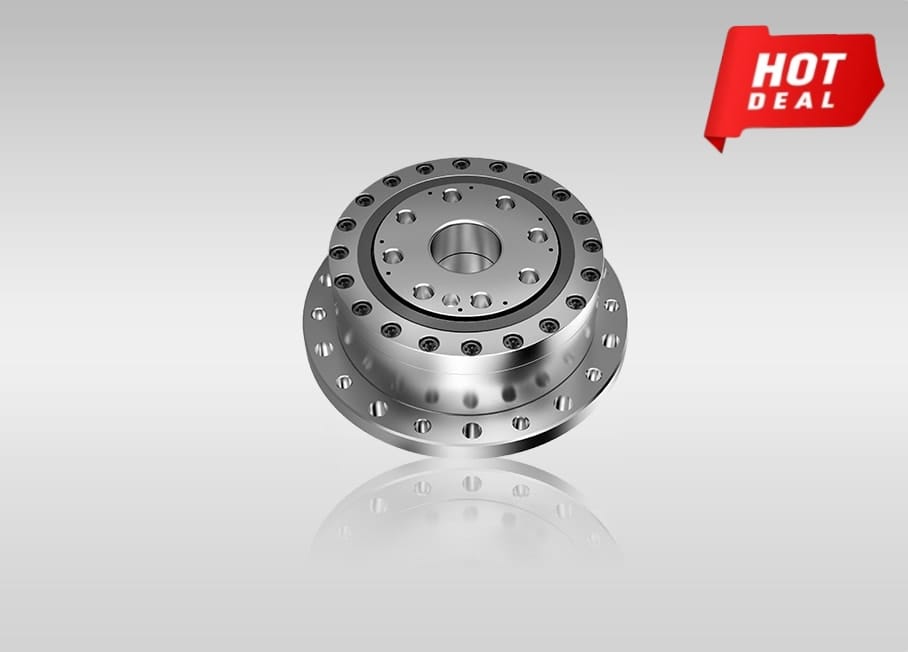
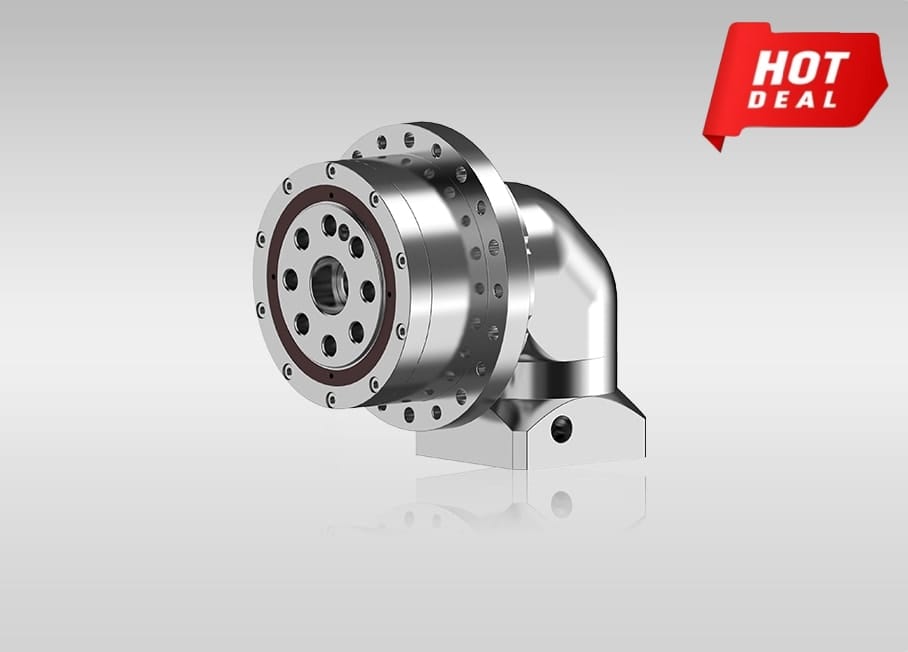
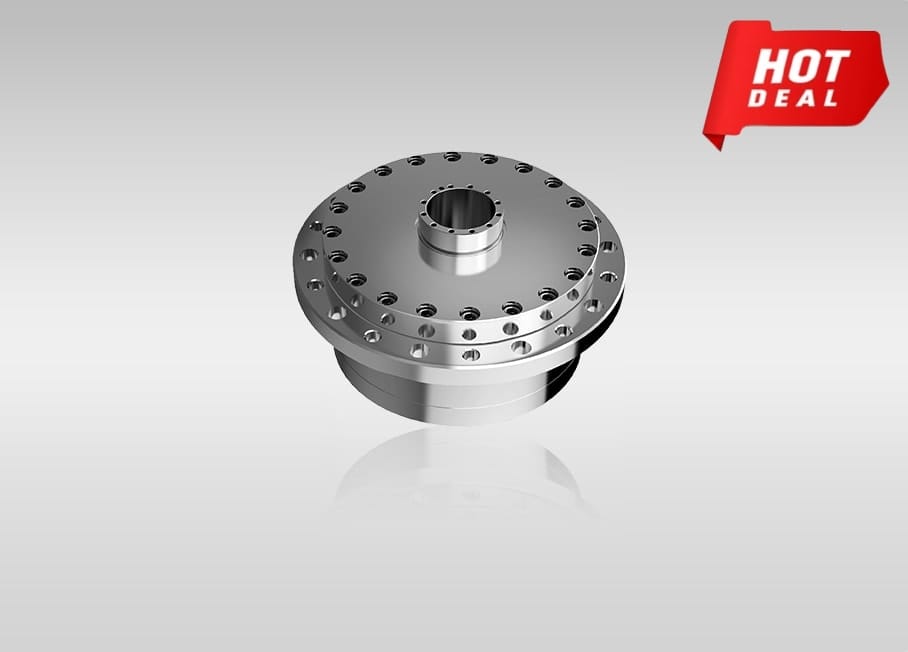
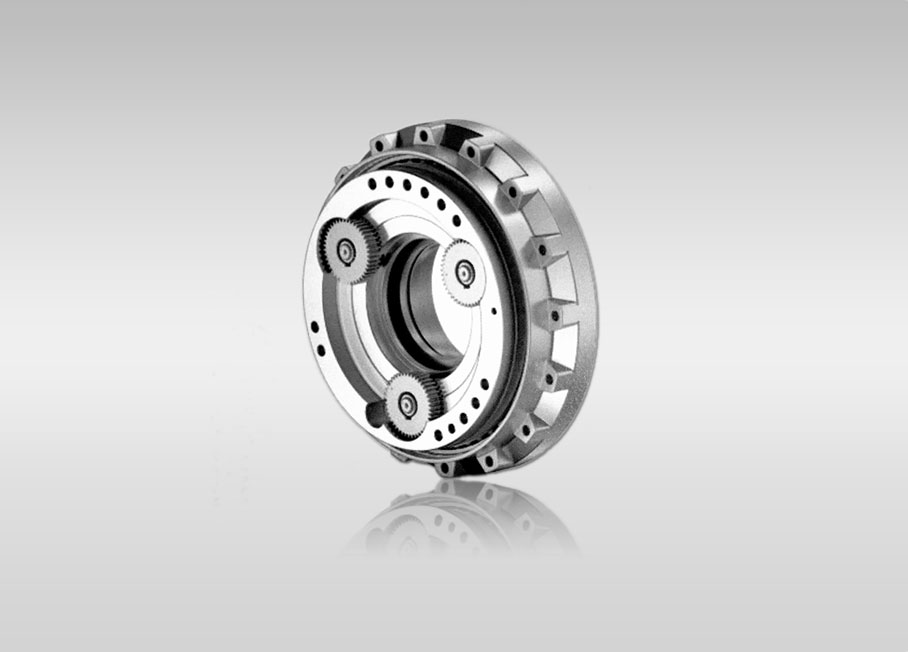
Quote Now